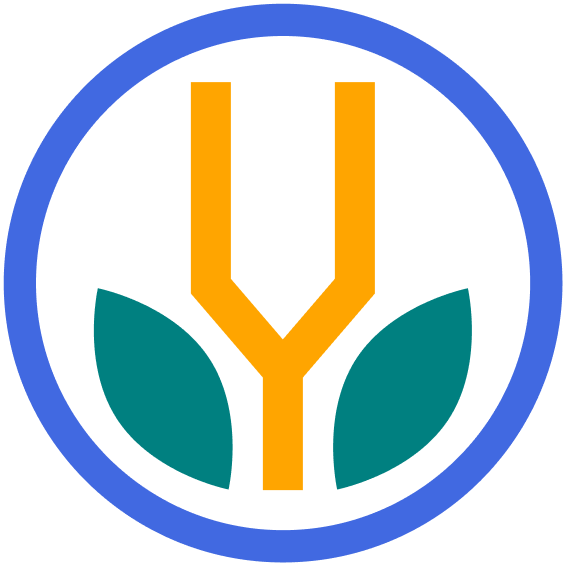Your cart is currently empty!
SERPs are results pages for search engines and an essential concept in SEO. Understanding SERPs, how they display results, and the kinds of features they include can significantly help your strategies and content. This quick guide covers the basics.
What is a SERP?
SERP stands for “Search Engine Results Page”. When a user types a query into a search engine, the search engine will return a list of results on the SERP.
The SERP typically includes a combination of organic search results and paid advertisements, and the search engine’s algorithm determines the order in which these results appear.
Components of a SERP
Search Engine Results Pages are more than just simple lists of links. Over the years, as search engines have evolved to provide better user experiences, SERPs have grown more complex and multifaceted. Let’s delve deeper into the various components that make up a typical SERP:
Organic Results
These are the heart of any SERP. Organic results are listings of web pages that appear due to the search engine’s natural algorithm, without any paid aspect. They are ranked based on their relevance, quality, and authority in relation to the search query. High rankings in organic results are sought after because they can provide sustainable traffic without ongoing costs.
Subfeatures of Organic Results:
- Meta Title: The clickable headline displayed for a given webpage.
- Meta Description: A short summary or description of the webpage content.
- URL: The web address of the page.
Paid Results
Also known as pay-per-click (PPC) ads, these are results where advertisers pay a fee each time their ad is clicked. They’re often positioned at the top or bottom of the SERPs, above or below the organic results. They look similar to organic results but are usually distinguished by an “Ad” label.
Subfeatures of Paid Results:
- Ad Title: The clickable headline of the advertisement.
- Ad Description: The accompanying text detailing the ad’s offering.
- Display URL: A shortened version of the ad’s landing page URL.
- Extensions: Additional information or links, such as phone numbers, site links, or user reviews.
Local Listings
Search engines display local business listings for searches with a local intent (e.g., “coffee shops near me”), often above the organic results. This section is critical for local businesses to attract foot traffic.
Subfeatures of Local Listings:
- Map Pack: A small map displaying location pins for relevant local businesses.
- Business Name: The name of the local establishment.
- Reviews: Star ratings and review counts from customers.
- Address & Phone Number: Contact details for the business.
- Business Hours: The operating hours of the establishment.
Knowledge Graphs and Featured Snippets
Search engines aim to provide users with quick answers to their questions. This has led to the development of features like the Knowledge Graph and Featured Snippets.
Knowledge Graph: Displayed on the side of the SERPs, usually for branded or notable entity searches. It aggregates various pieces of information, such as a brief description, images, and related facts.
Featured Snippets: Positioned at the top of the SERP, these provide direct answers or summaries for specific user queries, extracting relevant information from a webpage. Types include:
- Paragraph Snippets: A brief text answer.
- List Snippets: Bullet or numbered lists.
- Table Snippets: Data organized into a table format.
- Video Snippets: A video that provides an answer to the query.
Image, Video, and News Results
Depending on the search query, search engines may also display a carousel or section dedicated to images, videos, or news articles related to the query. These sections enhance user experience by offering varied formats of information.
People Also Ask (PAA)
A newer addition to many SERPs, the “People Also Ask” section provides a dropdown list of related questions that users might be interested in. Each question, when clicked, expands to show a brief answer and a link to the source webpage.
Related Searches
Usually found at the bottom of the SERP, this section suggests other search queries related to the original query, guiding users to expand or refine their search.
Understanding these components is essential for anyone hoping to harness the power of search engines, whether for business, research, or personal use. With this knowledge, one can optimize content for better visibility or navigate SERPs more effectively.
How to Improve Your SERP Rankings
While the exact algorithms search engines use are proprietary, there are proven strategies to improve your SERP rankings:
- Quality Content: Consistently produce and update well-researched, relevant content.
- Optimized On-Page SEO: This includes meta title tags, meta descriptions, headers, and quality content.
- Backlink Building: Garnering links from reputable sites boosts your site’s authority.
- Mobile Optimization: Ensure your site is responsive and loads quickly on mobile devices.
- Engage with Local SEO: Optimize for local searches, claim your business listings, and gather reviews.
Bottom Line
SERPs are a critical component of search engine optimization and digital marketing. By understanding how organic search results and paid advertisements appear on a SERP, businesses, and website owners can optimize their online presence and increase their visibility to potential customers. ?
Topics






